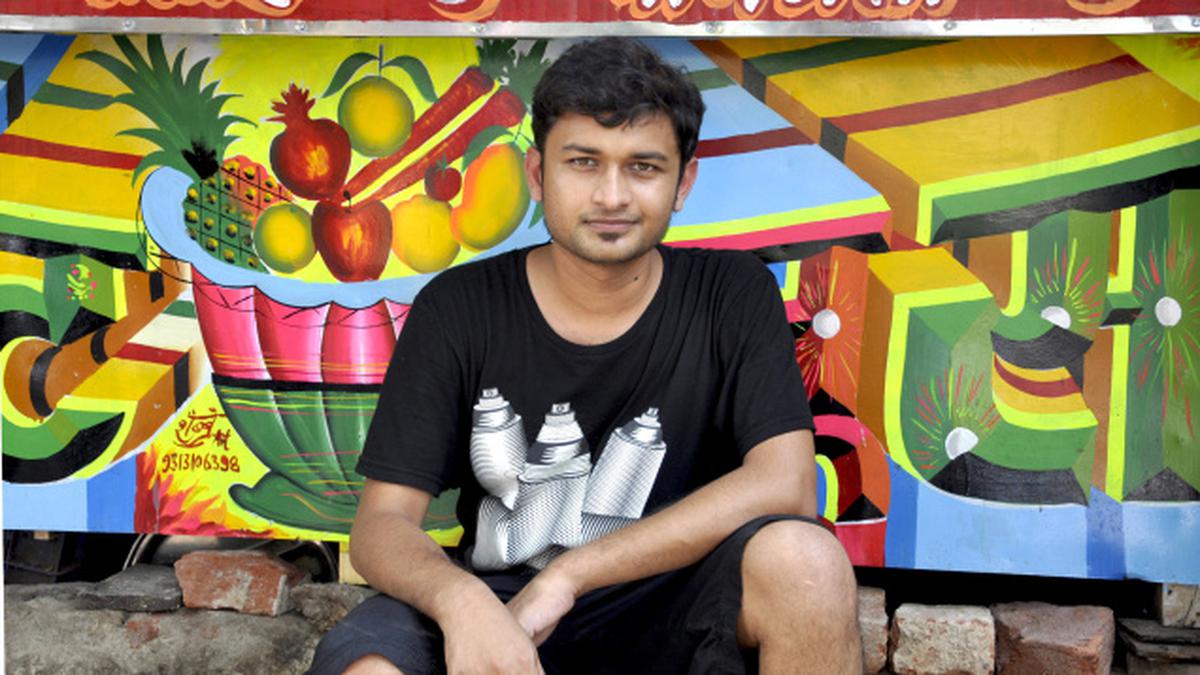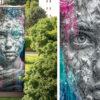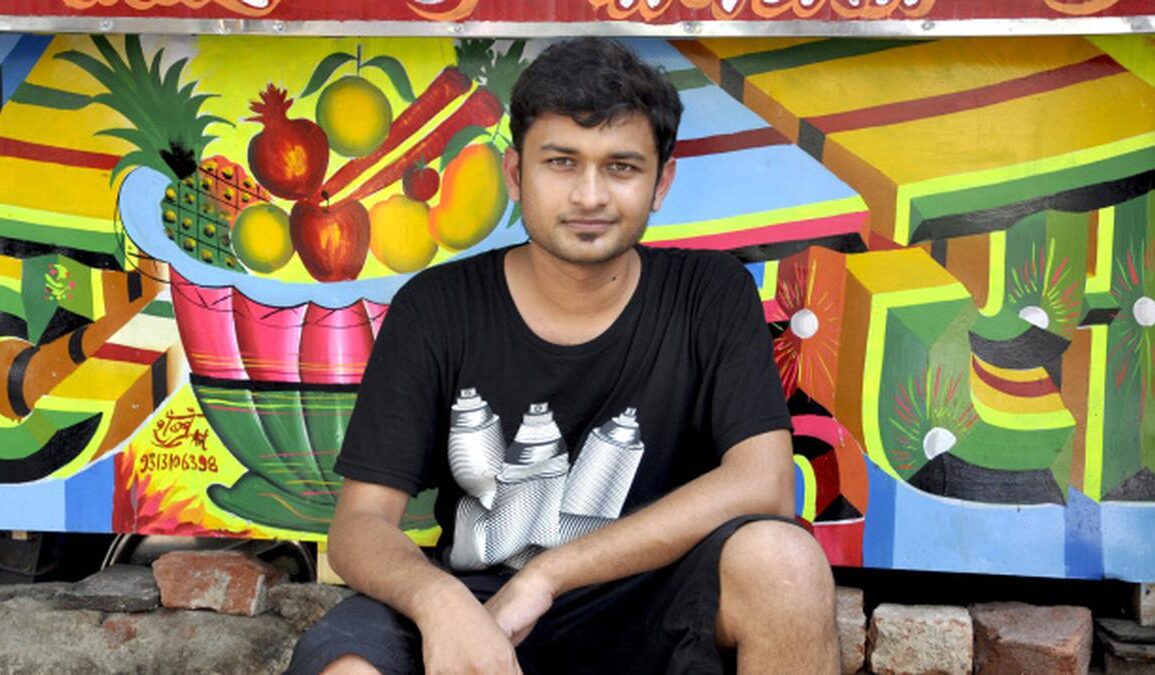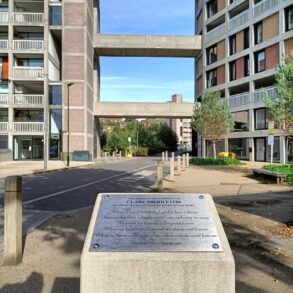
Cars slow down, feet falter and eyes swivel to the many murals on the walls of schools, hospitals and homes in Delhi’s Lodhi Colony, the quiet neighbourhood that has come to be known as Lodhi Art District over the last 10 years.
On Sunday (September 22, 2024), Hanif Kureshi, the creative lead behind India’s first public art district and the visionary artist and designer remembered for “making art democratic”, died from cancer in Goa. He was 41.
The gigantic murals, some freshly painted and others at different stages of their fully-lived vibrant lives, stand as quiet witnesses to the passing of the man who started the street art movement across the country, beginning with the government staff residential colony in 2015.
Mr. Kureshi co-founded the St+art Foundation, a not-for-profit organisation, with four others – Arjun Bahl, Akshat Nauriyal, Giulia Ambrogi and Thanish Thomas – in 2013. The aim was to paint the streets of India.
Talking about Mr. Kureshi’s inspiration behind the St+art Foundation and Lodhi Art District, Mr. Bahl said he always wanted to “make art truly democratic for all”.
“That was one of the reasons he started the project across the country. He was very passionate about Indian streets, he found them very colourful,” Mr. Bahl told PTI.
He remembered Mr. Kureshi as a “very generous” person always ready to teach others about his art and technique.
The group started seven art districts across the country in the last 10 years, four of which are active – Lodhi art district, Ukkadam art district in Coimbatore, Mahim art district in Mumbai and Nochi art district in Chennai.
The pilot project in Delhi that started with two murals today has over 60 by national and international artists.
Mr. Kureshi, who was known for his style of creating a curious mix of typography and street culture in his art, had written in one of his Instagram posts that he wanted to take “art out of conventional galleries and museums and make it accessible for the public”.
Despite being diagnosed with cancer about 15 months ago, Mr. Kureshi remained “upbeat and positive”, Mr. Bahl said.
“He was hoping to beat this unfortunate disease he got. He never showed anyone that he was suffering or not, he always had a smile and he was very positive,” he added.
Condolence messages poured in as art lovers and artists remembered the “pioneer of graffiti” in India who left a legacy that will “continue to inspire generations”.
One X user, Angad B. Sodhi posted that Mr. Kureshi was “a student of the dying tradition of Indian street sign typography”.
“…a practice he brought from the streets into the world of high art through his ‘HandpaintedType’ collections. I have long admired his work on bringing art out of the daunting walls of galleries to the people in the streets,” Mr. Sodhi wrote on X.
Another person, Edward Anderson, remembered Mr. Kureshi for making an “enormous impact on the visual landscape of urban India”.
“Really sad to hear about Hanif Kureshi, who has died far too soon. Hanif was an amazing guy… and did wonderful work to celebrate and preserve the art of hand-painted signs in India,” Mr. Anderson wrote.
“When I look up and see the beautiful wall art in Delhi, I always smile. It gladdens my heart and makes my day a lot brighter. It’s terrible to hear that the man responsible for most of them, Hanif Kureshi has passed away at only 41,” Ms. Kaveri posted on X.
St+art Foundation took to Instagram to share the news of Mr. Kureshi’s demise. The post remembered Mr. Kureshi as “a gifted mentor, collaborator, friend, father and husband”.
“His vision and charisma helped shape the landscape of public art in India with the countless projects he has contributed to. He was dedicated to nurturing a community of artists, designers and creatives who trusted him with loyal guidance. He was a pioneering figure for graffiti and street art with his tags spread across cities he travelled to,” the organisation said.
Be it the tall Mahatma Gandhi portrait on the side of Delhi Police Headquarters at ITO, the colourful caricatures of people on the walls of different metro stations in Bengaluru, or the black-and-white portraits of Nochikuppam residents in Chennai, the art inspired by Kureshi’s movement belongs to one and all.
Just as he had wanted.
Published – September 24, 2024 10:52 pm IST
This post was originally published on this site be sure to check out more of their content.










Email
Remove
SEE ALL